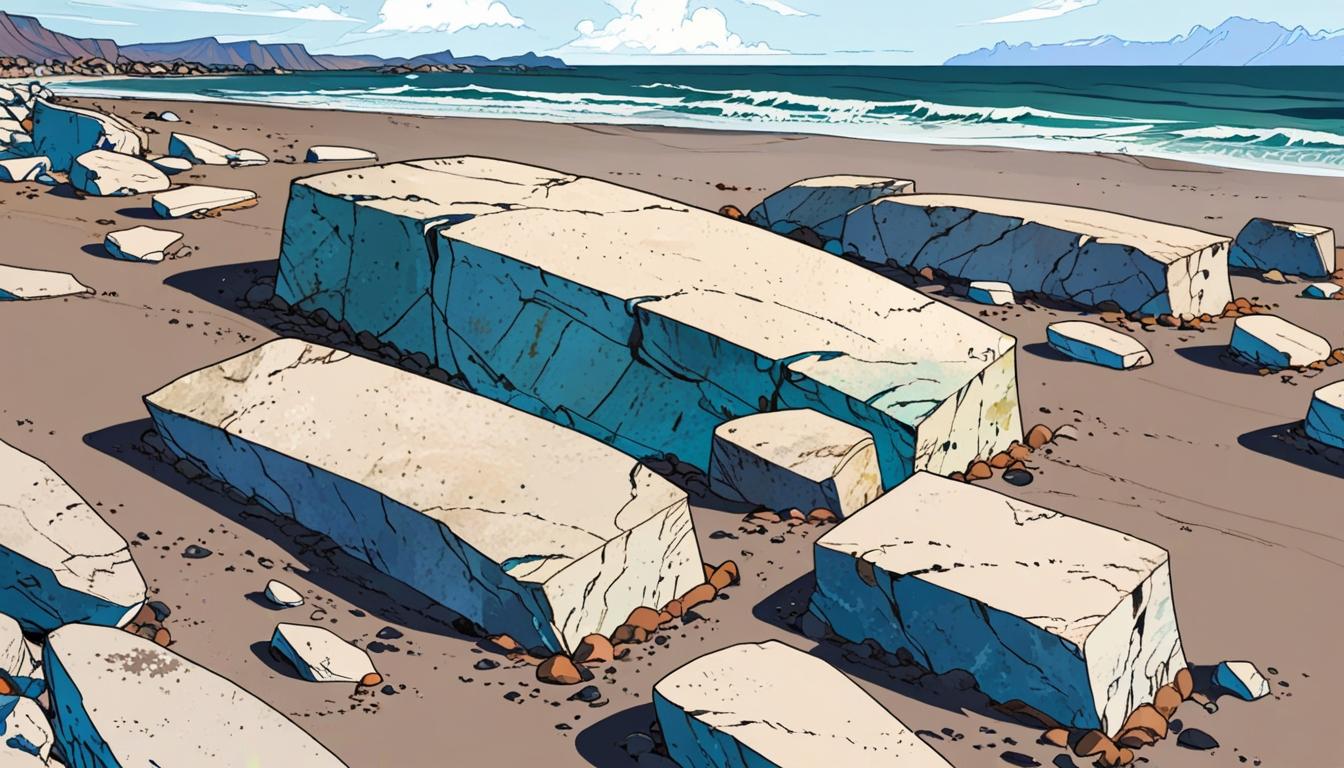A recent scientific study has brought new insights into the longstanding mystery surrounding the fall of the Western Roman Empire, suggesting that a short but intense climate crisis known as the Late Antique Little Ice Age played a significant role in hastening the empire’s decline.
The research, published in the journal Geology and conducted by scholars from Queen’s University in Canada, the University of Southampton in the UK, and the Chinese Academy of Sciences, centres on geological evidence found in Iceland. Researchers analysed unusual granite rocks embedded within a raised beach terrace on Iceland’s west coast. These rocks, which the team identified as originating from Greenland, are believed to be linked to a period of global cooling between 536 and 547 CE.
Professor Tom Gernon, a co-author from the University of Southampton, commented in a press release, “This climate shift may have been the straw that broke the camel’s back,” highlighting how this environmental change exacerbated existing difficulties faced by the empire.
The investigation involved crushing these foreign rocks, or cobbles, and examining microscopic zircon crystals inside them. Dr Christopher Spencer, lead author from Queen’s University, described the zircons as “essentially time capsules,” enabling the team to trace the rocks’ origins across Greenland and their formation spanning nearly three billion years. The rocks are thought to have reached Iceland aboard icebergs calved from Greenland’s glaciers during the 6th and 7th centuries, a period marked by dramatic climatic disruption.
Dr Spencer further explained, “We knew these rocks seemed somewhat out of place because the rock types are unlike anything found in Iceland today, but we didn’t know where they came from.” This discovery represents the first direct evidence that large Greenlandic cobbles were transported to Iceland on icebergs, underscoring the geographic extent and intensity of the Late Antique Little Ice Age.
The climatic crisis itself is believed to have been initiated by volcanic eruptions that released substantial ash clouds into the atmosphere, blocking sunlight and lowering global temperatures for as long as 300 years. Historical records from the era, such as those by the Byzantine historian Procopius of Caesarea, describe a darkened sky and widespread agricultural failure. These environmental pressures coincided with significant societal challenges, including mass migrations and pandemics like the Plague of Justinian, creating a backdrop of turmoil across Europe and neighbouring regions.
While the Western Roman Empire had already endured severe setbacks, including the sack of Rome in 410 and the final emperor’s abdication in 476, researchers suggest that the drastic climate downturn would have further destabilised an empire already under duress, intensifying ongoing crises.
This research advances the understanding of the complex factors contributing to one of history’s most pivotal transformations, emphasising the role of environmental change alongside political and military causes.
Source: Noah Wire Services
